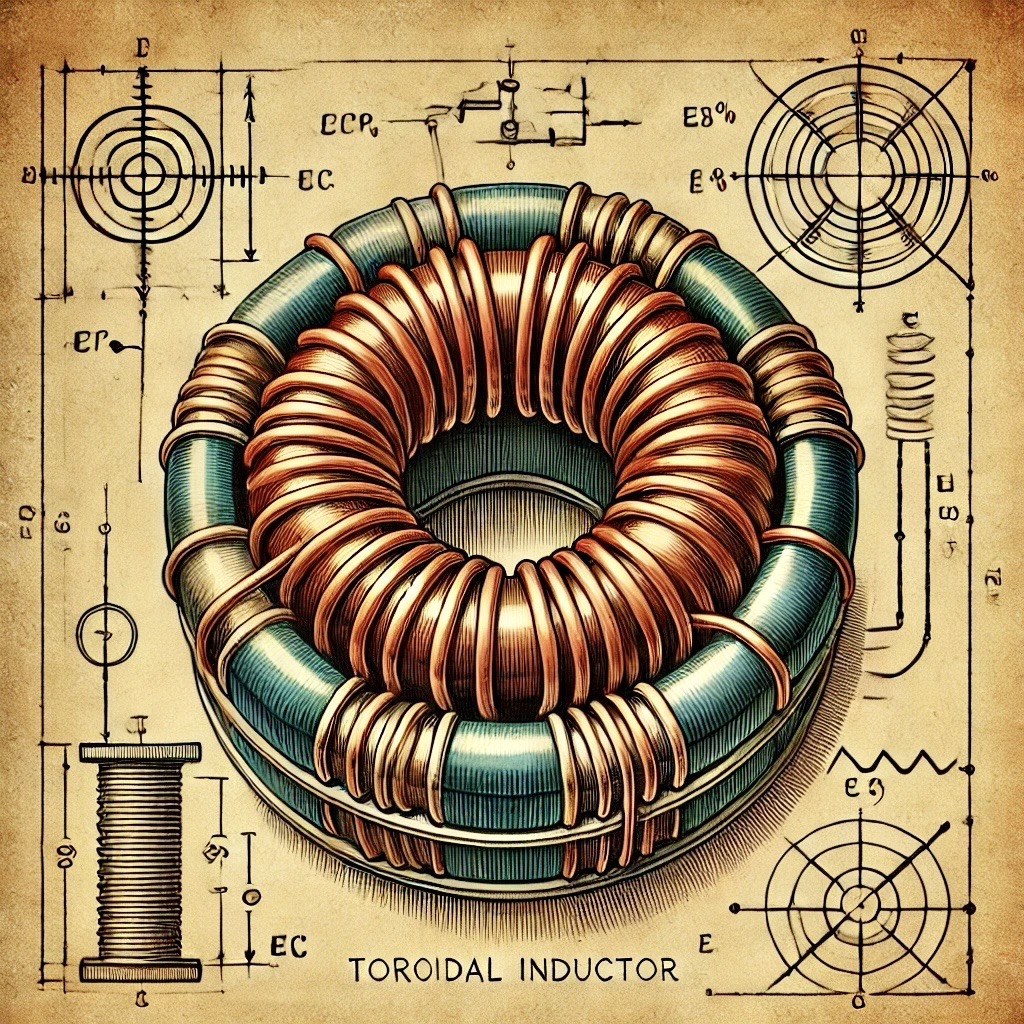Introduction
Inductors are passive electronic components that store energy in a magnetic field when an electric current passes through them. They are essential in a variety of electronic applications, including power supplies, filters, and oscillators. This guide will walk you through the types, functions, applications, and key characteristics of inductors.
What is an Inductor?
An inductor, also referred to as a coil or reactor, is a two-terminal passive component that stores electrical energy in a magnetic field. When current flows through the coil, it generates a magnetic field around it. The energy storage capability of an inductor is measured by its inductance, which is expressed in henries (H).
Types of Inductors
Inductors come in various types, each suited for specific applications. Below are the most common types:
1. Air Core Inductors
These inductors do not have a magnetic core, making them ideal for high-frequency applications due to their low losses.
2. Ferrite Core Inductors
Ferrite core inductors use ferrite material to increase inductance. They are typically employed in low-frequency applications.
3. Toroidal Inductors
Featuring a donut-shaped core, toroidal inductors efficiently contain the magnetic field within the core, reducing electromagnetic interference (EMI).
Inductance
Inductance is a fundamental property of an inductor that determines how much energy it can store. It depends on factors such as:
- The number of turns in the coil
- The core material
- The coil’s geometry
- The spacing between the coil turns
The inductance value (L) is calculated using the formula:
L = (N² × μ × A) / l
Where:
- N: Number of turns in the coil
- μ: Permeability of the core material
- A: Cross-sectional area of the coil
- l: Length of the coil
Applications of Inductors
Inductors are used in a wide range of applications, including:
- Power Supplies: Smoothing current and reducing voltage spikes in switching power supplies.
- Filters: Blocking unwanted frequencies while allowing desired signals to pass in LC filters.
- Oscillators: Generating oscillating signals in radio frequency (RF) applications.
- Energy Storage: Storing energy in magnetic fields for energy conversion systems.
Choosing the Right Inductor
When selecting an inductor, it’s crucial to consider the following factors:
- Inductance Value: Ensure the inductance is appropriate for your application.
- Current Rating: Choose an inductor that can handle the maximum current without saturating.
- DC Resistance (DCR): A lower DCR reduces power loss and improves efficiency.
- Size and Form Factor: Ensure the inductor fits the physical constraints of your design.
Conclusion
Inductors are indispensable components in modern electronic circuits, providing critical functionalities that enable devices to operate efficiently. By understanding the different types, characteristics, and applications of inductors, you can design better-performing circuits and systems.
